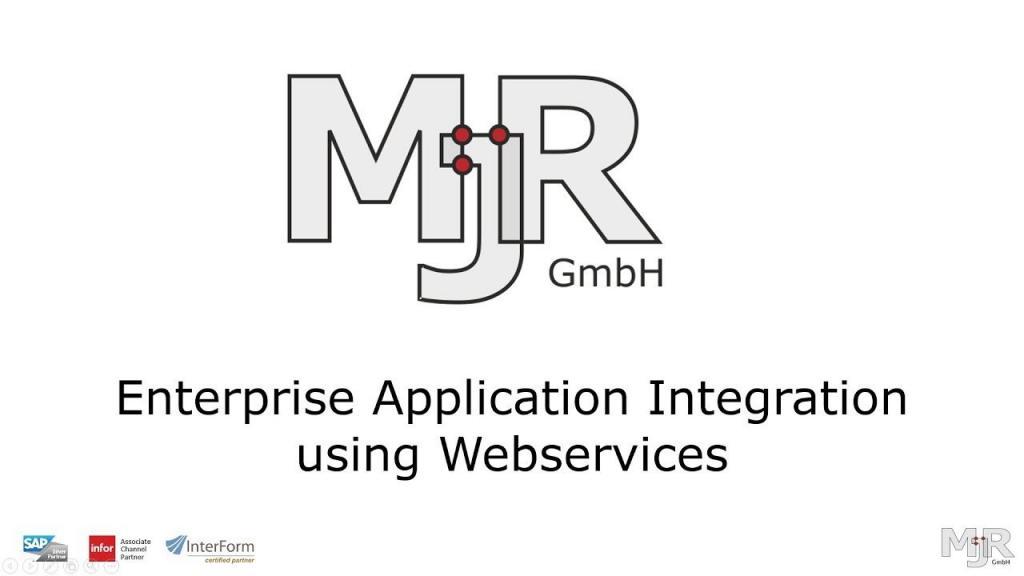Manage and optimize assets with EAM
In a globalized business world, a company’s assets are crucial to its success. In order to make the best possible use of these assets, maintain and optimize them, more and more companies are relying on Enterprise Asset Management (EAM). This article will take a closer look at the EAM and explain both the advantages and disadvantages of the Asset Management.
What is Enterprise Asset Management?
Enterprise asset management is a comprehensive approach to efficiently managing all of a company’s physical assets. This includes machinery, equipment, buildings, vehicles and other tangible assets that are necessary for the smooth operation of a company. The goal of EAM is to extend the life of these assets, minimize operating costs, and increase operational efficiency. The implementation of traditional EAM systems is mostly on-site. However, applications are also increasingly being deployed in the cloud. Small as well as mid-sized companies like to use software-as-a-service variants (SaaS) to set up moderate operations.

Benefits of Enterprise Asset Management
- Optimization of the use of resources: EAM enables companies to make optimal use of their assets. This means that machines and plants not only operate more efficiently, but also break down less frequently. This helps to minimize downtime and increase productivity.
- Cost savings: By performing preventive maintenance and identifying problems in a timely manner, companies can realize significant cost savings. Repairing or replacing assets is usually more expensive than regular maintenance.
- Better compliance: In some industries, such as pharmaceuticals or food production, strict regulations and laws must be observed. EAM systems help meet these compliance requirements by providing all relevant data and records.
- Increased security: Regular maintenance and monitoring of assets contributes to employee safety. Well-maintained assets are less prone to accidents and breakdowns.
- Better planning and decision making: EAM systems provide real-time data on asset health, enabling companies to make informed decisions and optimize their long-term planning.
Disadvantages of Enterprise Asset Management
- High costs for implementation: Implementing an EAM system can be expensive. However, those who know their budget should have no problems with it. In a cost-benefit analysis, the benefits should therefore exceed the costs at best. One thing to keep in mind here is that it requires not only the purchase of software, but also training for employees and, if necessary, the adaptation of existing processes.
- Complex integration: In large companies with different departments and locations, integrating an EAM system can be complex. Data must flow smoothly between different systems and departments, which presents challenges. Experts should definitely be consulted for this.
- Time intense: Maintaining and monitoring an EAM system requires time and resources. This can lead to an additional burden in smaller companies. Here, implementation should only be started after a thorough analysis.
EAM providers Infor and Hexagon
It was announced last year that Hexagon would take over Infor’s global EAM business. This is now called HxGN EAM. This strategic relationship has the advantages of allowing Infor to combine industry-leading EAM technology with Hexagon’s digital reality solutions. The goal here, of course, is a better outcome for customers. Going forward, Infor intends to continue to focus on its strategy to deliver industry-specific cloud ERP suites (CloudSuites).
Read more in our article: Hexagon aquires EAM from Infor
The original article at Infor website you can read here: Infor sells EAM-business to Hexagon AB
Also other providers like SAP offer EAM tools and Enterprise Asset Management with a lot opf a Maintenance modules.
EAM – asset management necessary or pointless?
Enterprise Asset Management offers a wide range of benefits that help companies use their assets more efficiently while reducing costs. Through preventive maintenance and regular monitoring, companies can extend the lifecycle of their assets and minimize downtime. Compliance with regulatory and safety standards is also facilitated.
Nevertheless, there are also challenges to implementing and using EAM systems. The high cost of implementation, the need to integrate with existing systems, and the potential for employee rejection are all factors that companies must consider.
Overall, enterprise asset management is a valuable strategy for maintaining control over a company’s assets and ensuring long-term success. However, it is important to consider a company’s unique needs and circumstances and ensure careful planning and implementation to fully realize the benefits of EAM.

Ask us your questions personally
Marcel Kosel
Sales Manager








